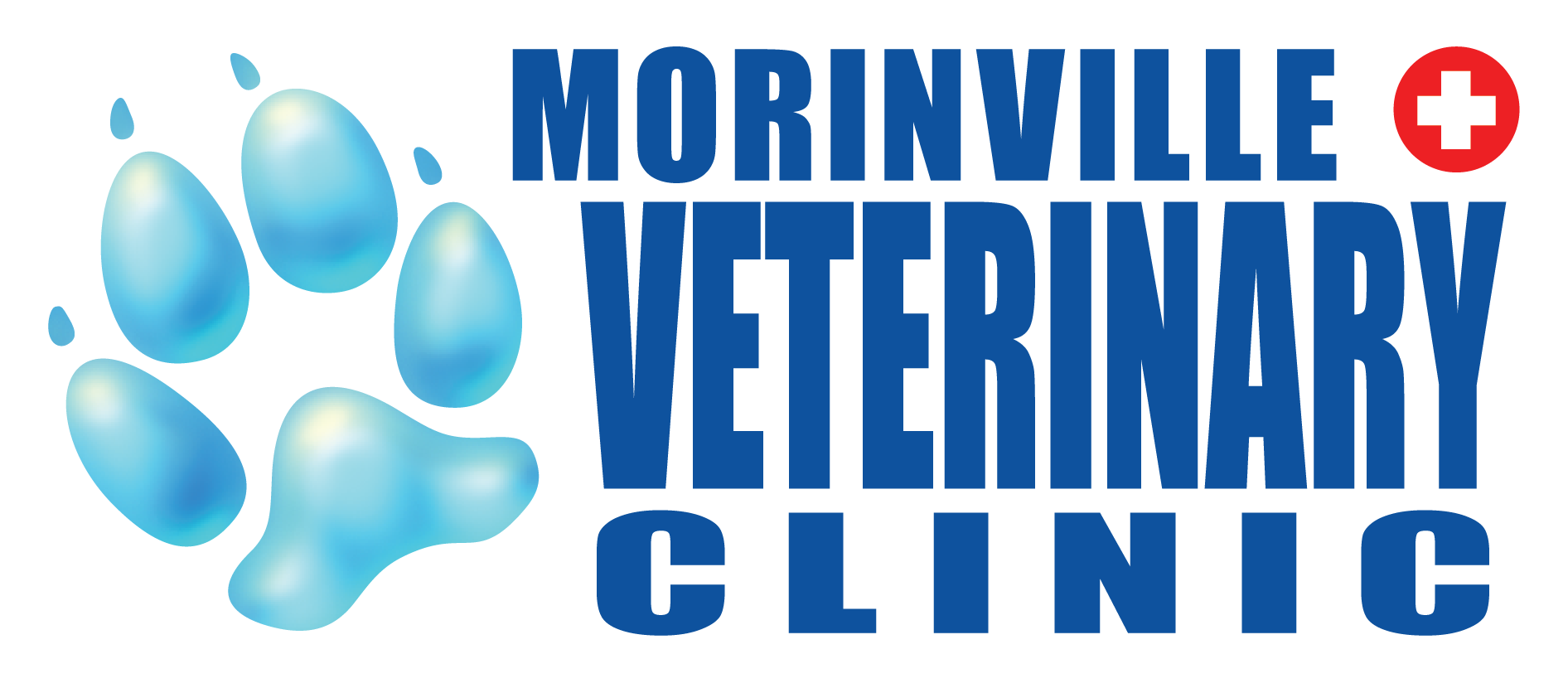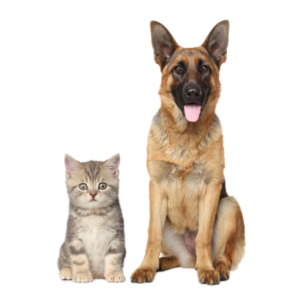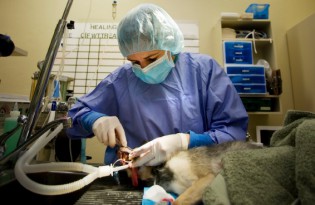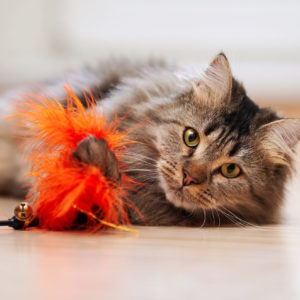Whether you already have had dentistry done on your dog or cat, or you are just considering it, you should know what happens during the visit. That is just being a good owner.
At Morinville Vet Clinic, the dental procedure actually starts days in advance of your pet’s visit. The first step is a complimentary dental exam to see if your pet even needs dentistry. If it does, our vets and technicians will develop an individual plan for what should be done. This plan will include every planned procedure with associated cost. At this point, the plan can be modified to add or remove procedures that are not essential. We at Morinville Vet Clinic work with you the owner to find a plan that works for everyone.
The next step usually happens before the day of the dentistry. A blood sample is taken to look for any signs of a health problem that may complicate anesthesia. This is because most dental procedures are done on older animals, and they may have other areas of the body that are wearing out. In most cases, the test results are normal or show minor changes that can be accommodated for during anesthesia.
On the day of the dentistry, you will bring your pet in early, after having nothing to eat for twelve hours. This is done because anesthesia can make some animals vomit if they have food in their stomach. The technicians at MVC bring you in with the pet, and go over the planned procedure again. This is the time for asking and answering questions. Our staff are very dedicated, and are happy to explain anything you are not clear about.
Once in hospital, the pet has an intravenous catheter placed in a vein in the leg. Then, he or she is given a sedative to make him or her relaxed and sleepy. When your pet is ready, we bring them into a room that is dedicated just to dental procedures. They are placed onto a heating pad and given an injection of short-acting anesthetic into the intravenous line. In a few seconds, they are sleepy enough that a tube can be placed and secured into their airway. This tube is then connected to a machine that sends anesthetic gas into the lungs, where the body absorbs it. With the proper sedative dose, less gas needs to be given. A well-anesthetized animal should feel nothing during a dentistry.
The first stage of actual dental procedures is to remove the tartar. Tartar is the mineralized plaque that builds up on teeth and provides a home for bacteria infecting the teeth and gums. A technician uses special tools that will remove the tartar without damaging the teeth or gums. These tools even reach down under the gumline to the tissue that anchors the tooth. This area is the target of bacteria trying to break through to create an abscessed tooth root. Unfortunately, this area can only be cleaned if the animal is anesthetized. That is why “anesthesia-free” dentistry is not very effective at protecting teeth.
Once the tartar is removed, individual teeth are examined by a veterinarian to assess for gum health, broken teeth and infected roots. Any severely damaged teeth are removed after the local nerves are blocked with freezing (just like your dentist). The veterinarian and technician then document the health status of each tooth, in order to compare in the future.
After that is done, the teeth are polished and coated with fluoride. The dentistry is complete. Before recovering from anesthetic, the pet is given pain medication so its mouth does not hurt. After recovery, the intravenous catheter is removed.
Once fully awake, your pet is sent home with any medication your vet has prescribed.
Every vet clinic has their own process for doing dentistry. This is what we do at Morinville Vet Clinic, because we want all pets to have excellent dental care!
Written by Morinville Veterinary Clinic




